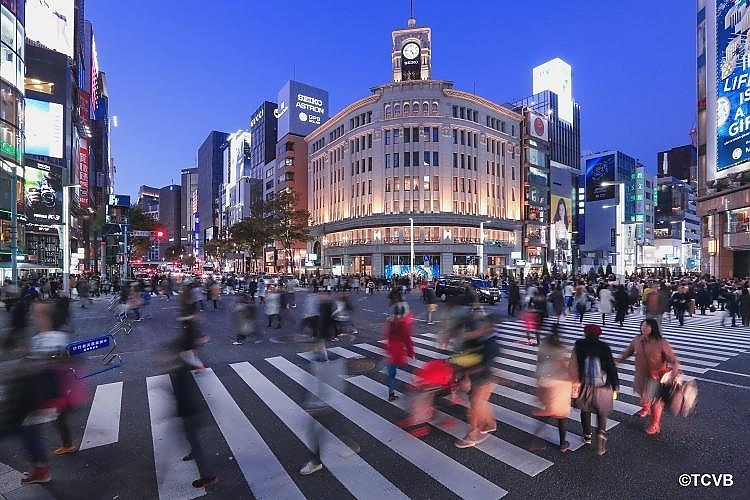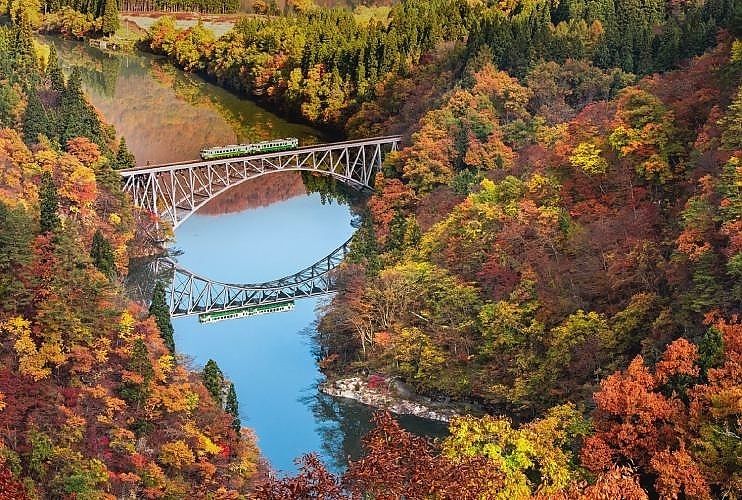Home to enormous crab migrations and perfectly pink lakes, Australia is no stranger to surreal natural phenomenon. Australia’s nature experiences are striking and inspiring.
Here, we handpicked five significant seasonal nature experiences for your lifetime memory.
Staircase to the moon, Broome, Western Australia
When: March – October
Where: Broome
On each full moon from March to October, something special happens in Broome. As the moon rises, its light reflects off the exposed tidal flats of Roebuck Bay, creating a "staircase" leading up to the moon.
.jpg)
The Turning of The Fagus, Tasmania
When: Late April – May
Where: Tasmania
During Tasmania’s mid-autumn season from late April to May, you can witness the transformation of a tree from lush green to brilliant reds and golds in what is known as the “turning of the Fagus”. The deciduous beech tress, better known as fagus, is found nowhere but Tasmania, offering a unique opportunity for photographers and nature-lovers alike.
Bioluminescent Plankton, Jervis Bay, New South Wales
When: Spring and Summer
Where: Jervis Bay
Due to chemical reaction within plankton, the water in Jervis Bay sometimes displays swirls of glowing blue along the shore. This unusual natural phenomenon, which can only be seen at night, is more common in spring and summer months when the water is warmer.
Wildflower Bloom, Australia-Wide
When: September – November
Where: Across Australia
In Spring, many part of Australia overflow with windflower blooms. Wildflowers can be seen in almost every state in Australia, and some of the highlights include the town of Maree in South Australia, the beautiful Grampians in Victoria and several locations in Western Australia, which is home to more than 12,000 flower species. This is the perfect time to enjoy the sight of daises that turn meadows into carpets of colour, delicate orchids popping up beside forest paths, and desert peas emerge from the driest of landscapes.
.jpg)
Aurora Australis, Tasmania
When: May – August
Where: Tasmania
Like its Northern Hemisphere counterpart (Aurora Borealis), the Southern Lights (Aurora Australis) illuminate the night sky with flickering shades of green, blue, purple and red lights. The Southern Lights can be viewed all year around – although most commonly during winter, May to August, and during the spring equinox in September.
.jpg)

















__thumb.jpg)

.jpg)



